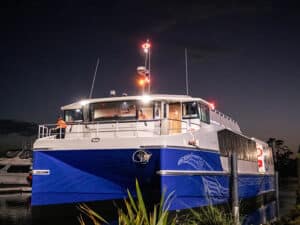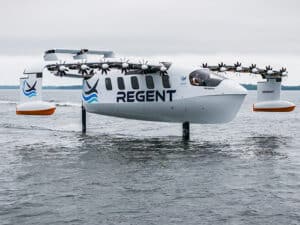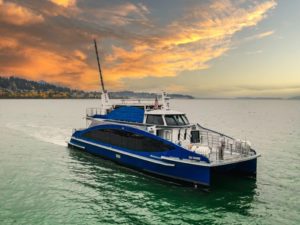
Stat-X: Supplying fixed fire protection for almost every size of vessel
Written by Marine Log Staff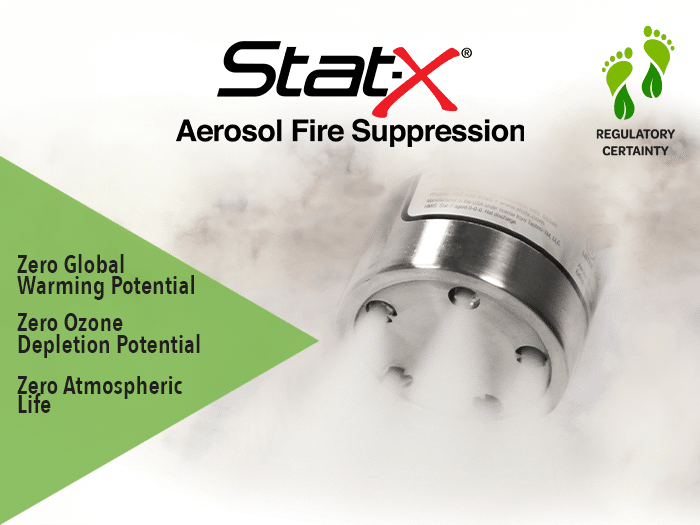
SPONSORED CONTENT: When mariners consider fixed fire protection systems on vessels, most think only of big, complex options—e.g., large banks of CO2 cylinders piped to a ship’s hold, complicated clean agent systems that provide fire suppression for machinery spaces, or even onboard water-mist sprinkler systems on cruise vessels or military craft.
The idea of a fixed fire suppression system onboard a vessel is usually associated with a large system protecting a large vessel. And until recently, this thinking was sound. There was a big divide between, on one end, commercial freighters with their massive fixed systems, and on the other, smaller yachting and charter fishing vessels that primarily rely on portable fire extinguishers mounted throughout the boat.
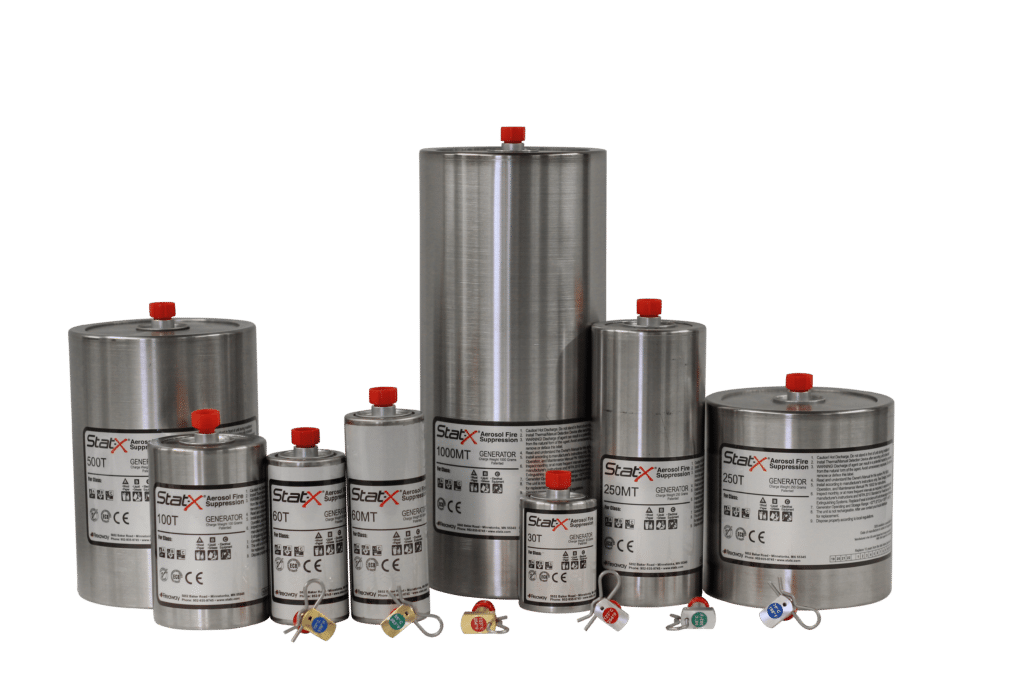
However, Stat-X® is changing all of this. A revolutionary, USCG-approved fire suppression system, Stat-X has evolved into one of the biggest opportunities in the fire suppression world, and particularly in the marine industry. Read on to learn how Stat-X is removing the boundaries that previously made fixed systems on vessels only in the domain of large commercial ships and the armed forces. Now, operators of virtually every size vessel can enjoy the safety and confidence which stems from knowing that their machinery spaces are fully protected by an automatic fire suppression system.
Fire at Sea
Many mariners prefer to put the thought of a fire onboard their vessel while it is underway in the backs of their minds because of the potential of a catastrophic outcome. But if they do allow themselves to consider it, most will admit that it is a very real threat, particularly in the machinery spaces.
It is in marine machinery spaces where the perfect recipe for a fire exists. You have a confined area with hot equipment and plenty of flammable fuel. A small fuel leak onto a super-heated exhaust manifold instantly produces a fire. In addition to the engine and its fuel, there are also high-voltage electrical systems and high-pressure hydraulic systems. These too can easily produce a fire under the right circumstances.
Virtually everyone will agree that a fire onboard while a vessel is underway is a serious problem. There is no fire department to summon and, short of abandoning ship, there is no safe place to find refuge. Thus, the outcome depends totally on the firefighting skills of the crew and the fire suppression equipment the owner has elected to provide.
Since fire suppression systems do not produce revenue nor do they add to the enjoyment of boating, many owners provide only the minimum fire protection necessary to pass a safety inspection—typically portable fire extinguishers. Plus, there is the perception that fixed systems are only intended and cost-effective for very large commercial vessels and the military.
Fixed Systems
What makes fixed fire suppression systems so desirable is that they are automatic and require no human intervention to activate. They are always on duty and are not inhibited in their decision-making. And when they have been properly designed and maintained, they work effectively.
Following are just some of the reasons that fixed systems historically have not enjoyed wider spread adoption on smaller vessels:
They are too expensive…
Legacy-type fire suppression systems—such as CO2, clean agent, and water-mist systems—are indeed expensive to install and maintain. They are complex systems requiring a relatively large amount of infrastructure, particularly with respect to piping. This all adds up to a hefty price tag.
They are too big…
Water-mist systems require a fire pump, and CO2 systems must have a location for the large banks of carbon dioxide cylinders. Then there are the associated control panels, operating valves, and piping. All of this takes up valuable real estate on a vessel.
They are too difficult to maintain and test…
Once a vessel operator makes the decision to install a fixed system, then they must comply with its maintenance and testing requirements. These are set out in various standards and adherence is not optional. Further, some of these requirements can be onerous; therefore, vessel operators often outsource the testing and maintenance, adding even more to expense of the system.
Faced with these impediments, vessel owners often settle for protecting their craft with a collection of portable fire extinguishers or perhaps a fire pump with hoses. Portable fire extinguishers are excellent devices for small fires. But when the entire engineering space is involved, they are not sufficient. Fire pumps and hoses also have their place, but water alone is not effective on flammable liquid fires and not recommended for electrical fires. Lastly, both fire extinguishers and hose lines require human intervention and decision making to operate.
The Stat-X Solution
Stat-X is advancing the marine fire protection world because it is removing all the barriers that previously kept vessel operators from utilizing fixed systems to protect their marine assets. As Stat-X is supplied in compact units, it does not take up valuable real estate onboard. It has no piping requirements so it can be easily retrofitted to existing vessels. And the units are virtually maintenance-free and have almost no testing requirements. All these factors make a Stat-X installation far less expensive than the legacy-type fire suppression systems.
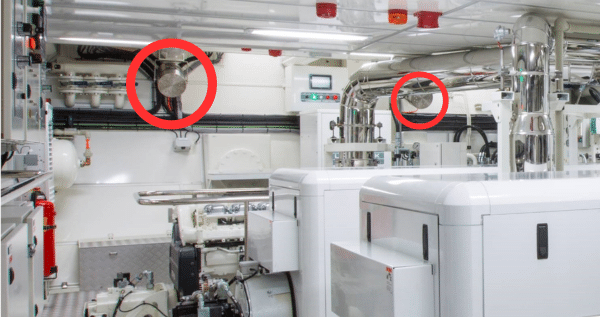
More importantly, Stat-X is effective and has the USCG approval to prove it. The proprietary, potassium-based agent interrupts a fire’s chemical chain reaction to provide rapid fire suppression. The agent remains suspended for several minutes after discharge, supplying reflash protection. And it is rated for fires involving flammable liquids, electrical components, and ordinary combustibles.
Multiple Stat-X units connected to a fire detection system can be installed for a total-flooding effect, or the units themselves can be heat activated when exposed to fire conditions.
Particularly noteworthy, many fire suppression agents have lately seen their production curtailed or are facing an outright ban because they have been found to pose threats to the public or the environment. But Stat-X is 100% safe. It has zero ozone depletion potential, zero global warming potential, zero atmospheric life, and is perfectly safe to use in occupied areas.
Stat-X has bridged an important divide in providing fixed fire protection on virtually every type and size of vessel. Any marine craft with enclosed machinery spaces can be afforded the safety and protection of an affordable fixed fire suppression system. With Stat-X, vessel operators can enjoy automatic fire suppression that is safe and effective without the space requirements, expense, and effort involved with the legacy-type systems of the past.

